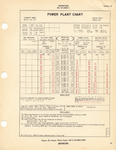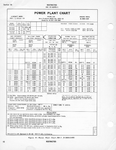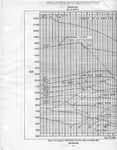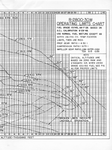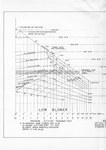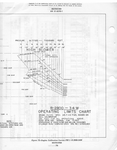Neil Stirling
Airman 1st Class
Thanks Fastmongrel, Krieghund, and Mike! Appreciate it.
I see Neil used 58" for the Bearcat and estimated Hornet performance at 25 lbs boost (80" Hg). Considering they regularly ran the R-2800 on test benches at 150 inches (59 lbs boost), maybe 58" is a bit conservative. 58" was military power and 70" was WER. If you're going to use full boost (the 5 minute rating) on the Merlin 130 / 131, it makes sense to use full boost on the oither planes, too ... or restrict the Merlins to "Normal power."
That's why I tend to discount reports where one plane is being operated at the limit while an ostensible competitor is being restricted to less than full power. I've seen it happen from all sides. Anyway, there are several aircraft with very good climb, maneuverability, and acceleration. The Bearcat and the Hornet / Sea Hornet are certainly two of them.
Greg if you can provide Bearcat figures using 70"hg please do, or put together a spread sheet chart showing your estimations.
Although the charts are headed 1946 fighters all the aircraft had flown by April 1945.
The F8F-1 was cleared (When?) for 70"hg, however, I cant find reliable performance figures and I am not confident estimating it.
During 1946 or 47 the -4 Corsair (Some not many) was fitted with the 42W engine and this produced around 2,780hp.
The Hornets performance is estimated from performance at +20lbs boost.
All aircraft clean no racks.
Fire Power from Flying Guns World War II by G.Williams and E. Gustin
Bearcat F8F-1 58"hg = 2,400hp Combat, Military 2,100hp http://www.ww2aircraft.net/forum/aviation/f8f-bearcat-rate-climb-37299.html
Neil.
Last edited:

